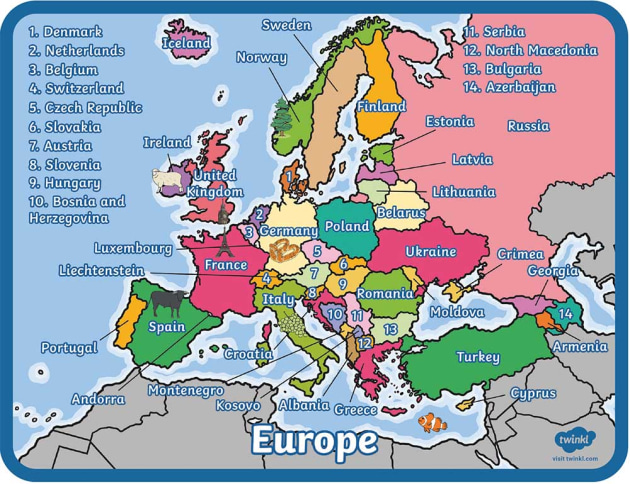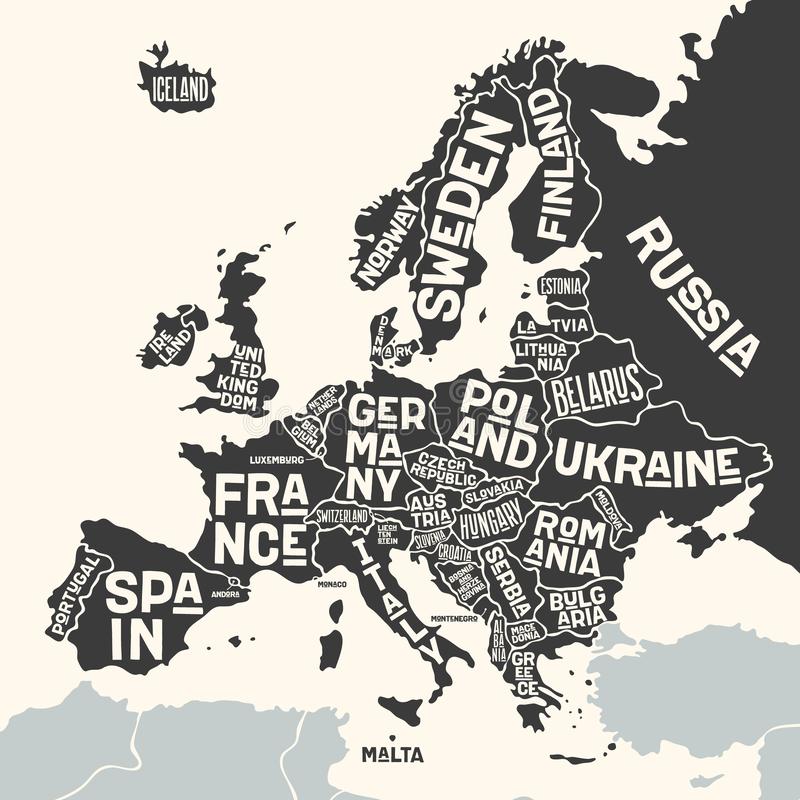EUROPEAN-HISTORICAL-GEOGRAPHICAL DEVELOPMENT
Since nearly everything depends on history and geography, learning this chapter before any other subject is essential if you want to understand the precise facts of economics and science. Since nearly everything depends on history and geography, learning this chapter before any other subject is essential if you want to understand the precise facts of economics and science.
The history of Europe is traditionally divided into four time periods: prehistoric Europe (prior to about 800 BC), classical antiquity (800 BC to AD 500), the Middle Ages (AD 500 to AD 1500), and the modern era (since AD 1500). Its historical importance is hard to miss: it is the source of many — arguably most — of the ideas that have shaped the United States and our world; the nation-state, capitalism, industrialization, and democracy, not to mention the printing press, the railroad, and the fundamental laws of physics. Europe is known not only for its revolutions and wars but also for its sociocultural changes, including the Renaissance, the Protestant Reformation, and colonialism. The effects of these changes can still be seen in the world today.
EUROPE GEOGRAPHICAL LANDFORM

- GEOGRAPHICAL DIVISIONS OF EUROPE
- CENTRAL AND EASTERN EUROPE.
- NORTHERN EUROPE. NORTH-CENTRAL EUROPE. NORTH-EASTERN EUROPE. NORTH-WESTERN EUROPE.
- SOUTHERN EUROPE. SOUTH-CENTRAL EUROPE. SOUTH-EASTERN EUROPE. SOUTH-WESTERN EUROPE.
- WESTERN EUROPE.
Europe is often described as a “peninsula of peninsulas.” A peninsula is a piece of land surrounded by water on three sides. Europe is a peninsula of the Eurasian supercontinent and is bordered by the Arctic Ocean to the north, the Atlantic Ocean to the west, and the Mediterranean, Black, and Caspian seas to the south
EUROPE’S HISTORICAL DEVELOPMENT PATTERNS
- EUROPE’S MAJOR HISTORICAL INCIDENTS
- EUROPEAN FLAGS
- EUROPE QUESTION PAPER
The history of Europe is traditionally divided into four time periods: prehistoric Europe (prior to about 800 BC), classical antiquity (800 BC to AD 500), the Middle Ages (AD 500 to AD 1500), and the modern era (since AD 1500). Its historical importance is hard to miss: it is the source of many — arguably most — of the ideas that have shaped the United States and our world; the nation-state, capitalism, industrialization, and democracy, not to mention the printing press, the railroad, and the fundamental laws of physics. Europe is known not only for its revolutions and wars but also for its sociocultural changes, including the Renaissance, the Protestant Reformation, and colonialism. The effects of these changes can still be seen in the world today.







